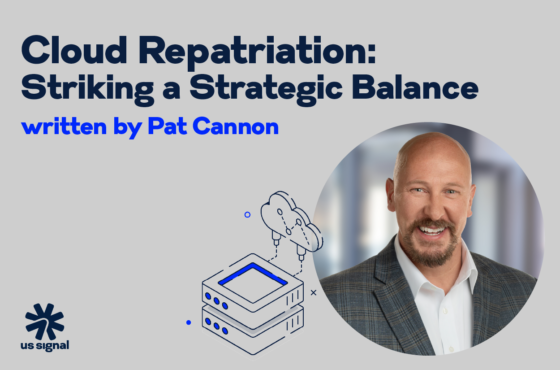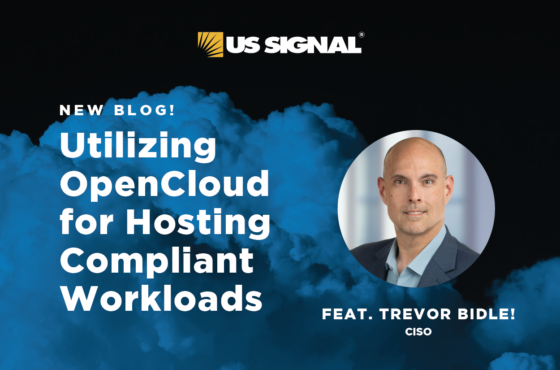The Benefits of SASE for Manufacturing Companies
November 21, 2023
Cloud, Manufacturing
Although they were slow to do so at first, manufacturing companies are increasingly adopting advanced technologies to maintain their competitiveness. Things like IoT, machine learning, robotics, predictive analytics, and 3D printing are equipping these companies with greater visibility, critical insights, and better control over the supply chain and other processes. But implementing these technologies isn’t simply a matter of “let’s just do it.”
Next-gen technologies require next-gen networks. To support the objectives of manufacturing companies that are faced with changing consumer demands, logistics issues, and more, those networks must be agile, cost-effective, and secure. That’s where Secure Access Service Edge (SASE) comes into play.
Before diving into the benefits of SASE for manufacturing companies, however, it’s important to understand how things currently work for many manufacturers in terms of their networks.
The Problems with MPLS
Many manufacturing companies have been relying on legacy WAN networks that are run primarily on bandwidth-limited, expensive MPLS private circuits. There are several issues associated with this.
Oftentimes, manufacturers have numerous locations and distributed teams. Managing mobile users, branch offices, and supply chain partners in terms of security and performance expectations, as well as connectivity, can be challenging. Setting up a new MPLS connection for every site can be expensive. It’s also not always easy for carriers to offer, maintain, or support MPLS connections when a company’s facilities are in remote locations, which is often the case for manufacturers.
MPLS also can’t be scaled on demand. To overcome the issue, some manufacturers are deploying SD-WAN technology, which can be a good solution in some cases. But SD-WAN is more suited for regional deployments and not necessarily for wider-spread global use cases, which is what many manufacturers require.
In addition, MPLS is designed for point-to-point connectivity. As such, there’s no way to access SaaS applications directly. Given that a large number of manufacturing company employees now use Microsoft 365, Salesforce, FactoryTalk, SAP, and/or other third-party SaaS applications, productivity can be affected.
Yet another challenge is maintaining multiple MPLS connections and multiple telecom vendors. All software, hardware, and devices have different interfaces, which can make it overwhelming to monitor so many different tools, applications, and users 24/7. Add to that the complexity that comes from mergers and acquisitions, a common occurrence in the manufacturing industry. When a company merges with or acquires another company, managing and monitoring additional equipment increases complexity.
Then there is the issue of meeting the needs of the bandwidth-hungry next-gen applications that manufacturers are adopting as part of their digital transformation. As more of these applications are deployed and new cloud platforms adopted, the hub-and-spoke architecture with data center backhauling can delay application access, slow down performance, and affect user productivity.
Adding to this is the fact that the sensors, robots, and other connected devices used by manufacturers are not often designed with security in mind, making them vulnerable to cybercriminals or bad actors.
The SASE Solution
SASE enables manufacturing companies to overcome many of the issues associated with MPLS and the adoption of advanced technologies. For example, multiple locations can be connected securely via encrypted tunnels, instantly granting full visibility and control with the performance of network optimization and a global private backbone. SASE can also help remote or rural locations, providing reliable middle-mile connectivity.
In addition to seamless, simplified connectivity between locations, user access is enabled for employees and third parties to monitor, configure, and operate the equipment. Remote users connect based on zero-trust policies and enjoy the same benefits as other company locations regarding network performance and reliability. Regardless of how the connection into the SASE cloud is established — SD-WAN device, IPSEC tunnel, User Client, or Clientless Web Access — all traffic is inspected and secured by multiple engines (SWG, FWaaS, IPS, NGAM, DLP, etc). This ensures nothing harmful gets in, and nothing sensitive gets out.
SASE Benefits at a Glance
To help simplify the case for why SASE makes sense for manufacturing companies, here’s a brief list of some of the primary benefits:
- SASE is a global, ubiquitous backbone that enables end-to-end connectivity and consistent policies across all locations, users, clouds, and applications.
- All traffic flows via the SASE cloud, so IT teams can instantly scale, fine-tune or accelerate traffic. This ensures performance for users and applications that need it.
- Using WAN optimization and dynamic routing, the SASE cloud will give the most optimum traffic and optimum path to the destination.
- SASE enables zero trust network access, so only authenticated and authorized users can access particular applications.
- Regardless of where users login from, they receive the same access, performance, and security based on their user profile.
- SASE has multiple security technologies built in to secure traffic, including firewall-as-a-service, intrusion prevention system, secure web gateway, next-generation anti-malware, and cloud access security broker (CASB).
Learn More About SASE
US Signal offers a variety of resources to help you better understand SASE, including these:
7 Compelling Reasons Analysts Recommend SASE
A Practical Guide to SASE Migration Whitepaper
5 Things SASE Covers that SD-WAN Doesn't
To learn how SASE can benefit your organization, talk to a US Signal solution architect. Just call 866.2. SIGNAL or email [email protected].
Note: The information in this blog is based on information provided in Cato Networks’ whitepaper: SASE for Different Verticals. Cato, a US Signal partner, is the company behind US Signal’s Cato SASE Cloud.


